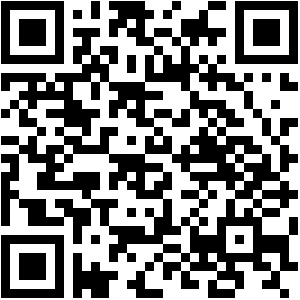IDENTIFIKASI MISKONSEPSI SISWA PADA MATERI SISTEM REPRODUKSI
DOI:
https://doi.org/10.23969/biosfer.v2i2.574Keywords:
Misconception, Reproductive SystemAbstract
Understanding the concept of biology is necessary in the integration of nature and technology in everyday life, if the concept of understanding is strong, students can develop and understand higher concepts. But sometimes students have a different understanding of concepts with scientifically accepted concepts and that will lead to misconceptions. The purpose of this study is to determine whether there is misconception in students and sub-concept what most misconception in reproduction system material. To calculate the misconception level of the Certainty of Response Index (CRI) method with the subjects of the study were students of class XI SMA 2 Cikampek. The data can show students misconception for some sub-concepts. The highest misconceptions exist in the menstrual subconses, which is 32.5% while the lowest is in the 10% gamete formation subconsep. This is because students interpret their own understanding of a material based on a text book that is read and an explanation from the teacher.Downloads
References
Baety, A.N. (2011). Biologi Reproduksi kehamilan dan Persalinan. Yogyakarta: Graha Ilmu.
Campbell, N.A., Jane, B.R., & Lawrence, G.M. (2003). Biologi edisi kelima jilid 3. Jakarta; Erlangga.
Chaniarosi, L. F. (2014). Identifikasi Miskonsepsi Guru Biologi SMA Kelas XII IPA pada Konsep Reproduksi Manusia. Jurnal EduBio Tropika. Vol 2, no 2. 167-250.
Drews, Ulrich. (1996). Atlas Embriologi. Jakarta: Hipokrates.
Ekici, F., ekici, E., & Aydin. (2007). Utility of Concept Cartoons in Diagnosing and Over coming Misconception related to Photosynthesis. International Journal of Environmental &Science Education, 2(4):111-124
Ganong,W.F. (2008). Fisiologi Kedokteran. Jakarta: EGC.
Kara. Y., Yesilyurt. (2008). Comparing the Impact Tutorial And Edutainment Software Program on Student’ Achievment, Misconception, and Attitudes toward Biologi. Journal Science Education and Technology, 17: 32-41.
Kose, S. (2008). Diagonsing Student Misconseptions: Using Drawing as a Research method. World Applied Sciences Journal, ISSN 18184952, Vol 3. (2)/pp-283-293.
Kustiyah. (2007). Miskonsepsi Difusi dan Osmosis pada Siswa MAN Model Palangkaraya. Jurnal Ilmiah Guru kanderang Tingan, 5:24-37.
Suparno, Paul. (2005). Miskonsepsi dan Perubahan Konsep dalam Pendidikan Fisika. PT Grasindo: Jakarta
Tekkaya, C., Ozkan, S., Asci, Z. (2001). Student’s misconceptions about Respiration:across age study.Egitim ve Bikim 120 (26), 29-36.

















